The Australian Open, inaugurated in 1905, commences the Grand Slam calendar each year, making it a pivotal event in the tennis world. Held annually in Melbourne, this tournament not only sets the tone for the season but also holds the distinction of being the first major tennis championship of the year. The event has evolved from its modest beginnings with only a handful of participants to becoming a global spectacle, attracting the sport’s top talent. This article aims to delve into the illustrious list of Australian Open winners, spotlighting both the legendary and contemporary champions who have left an indelible mark on its hardcourts. From early victors in the 1900s to the modern-day titans, we explore the defining moments and triumphant victories that have shaped the tournament’s rich history, highlighting key players and their monumental achievements at the Australian Open.
Founding and early years
The Australian Open originated in 1905 as the Australasian Championships. Initially held at the Warehouseman’s Cricket Ground in Melbourne, this event marked the beginning of what would become a cornerstone in the tennis world. The tournament was initially exclusive to players from Australia and New Zealand, reflecting its regional focus during the early 20th century.
Transition to a Grand Slam
- 1927 Transformation: The competition was renamed the Australian Championships, broadening its appeal and participant base beyond the Australasian region.
- Official Recognition: In 1924, the tournament was designated as one of the four major international championships, joining the ranks of Wimbledon, the US Open, and the French Open.
The open era begins
The year 1969 was pivotal as the tournament was rebranded as the Australian Open, coinciding with the advent of the Open Era, which allowed both amateur and professional players to compete. This change marked a significant evolution in tennis, positioning the Australian Open as a major international sporting event.
- Key Developments:
- Introduction of professional players
- Increased global participation
This period not only saw the enhancement of competitive standards but also set the stage for numerous Australian Open winners who would go on to become legends in the list of Grand Slam winners. The tournament’s evolution reflects its growing prestige and importance in the tennis calendar, laying the groundwork for its status as a beloved annual competition.
| Year | Men’s Winner | Women’s Winner | Men’s Titles | Women’s Titles |
| 1969 | Rod Laver (Australia) | Margaret Court (Australia) | 11 Grand Slam titles | 24 Grand Slam titles |
| 1970 | Arthur Ashe (USA) | Margaret Court (Australia) | 3 Grand Slam titles | 24 Grand Slam titles |
| 1971 | Ken Rosewall (Australia) | Margaret Court (Australia) | 8 Grand Slam titles | 24 Grand Slam titles |
| 1972 | Ken Rosewall (Australia) | Virginia Wade (Britain) | 8 Grand Slam titles | 3 Grand Slam titles |
| 1973 | John Newcombe (Australia) | Margaret Court (Australia) | 7 Grand Slam titles | 24 Grand Slam titles |
| 1974 | Jimmy Connors (USA) | Evonne Goolagong Cawley (Australia) | 8 Grand Slam titles | 7 Grand Slam titles |
| 1975 | John Newcombe (Australia) | Evonne Goolagong Cawley (Australia) | 7 Grand Slam titles | 7 Grand Slam titles |
| 1976 | Mark Edmondson (Australia) | Evonne Goolagong Cawley (Australia) | 1 Grand Slam title | 7 Grand Slam titles |
| 1977 (Jan) | Roscoe Tanner (USA) | Kerry Reid (Australia) | 1 Grand Slam title | 1 Grand Slam title |
| 1977 (Dec) | Vitas Gerulaitis (USA) | Evonne Goolagong Cawley (Australia) | 1 Grand Slam title | 7 Grand Slam titles |
| 1978 | Guillermo Vilas (Argentina) | Chris O’Neil (Australia) | 4 Grand Slam titles | 1 Grand Slam title |
| 1979 | Guillermo Vilas (Argentina) | Barbara Jordan (USA) | 4 Grand Slam titles | 1 Grand Slam title |
| 1980 | Brian Teacher (USA) | Hana Mandlíková (Czechoslovakia) | 1 Grand Slam title | 4 Grand Slam titles |
| 1981 | Johan Kriek (South Africa) | Martina Navratilova (USA) | 2 Grand Slam titles | 18 Grand Slam titles |
| 1982 | Johan Kriek (South Africa) | Chris Evert (USA) | 2 Grand Slam titles | 18 Grand Slam titles |
| 1983 | Mats Wilander (Sweden) | Martina Navratilova (USA) | 7 Grand Slam titles | 18 Grand Slam titles |
| 1984 | Stefan Edberg (Sweden) | Chris Evert (USA) | 6 Grand Slam titles | 18 Grand Slam titles |
| 1985 | Mats Wilander (Sweden) | Martina Navratilova (USA) | 7 Grand Slam titles | 18 Grand Slam titles |
| 1987 | Stefan Edberg (Sweden) | Hana Mandlíková (Czechoslovakia) | 6 Grand Slam titles | 4 Grand Slam titles |
| 1988 | Mats Wilander (Sweden) | Steffi Graf (Germany) | 7 Grand Slam titles | 22 Grand Slam titles |
| 1989 | Ivan Lendl (Czech Republic) | Steffi Graf (Germany) | 8 Grand Slam titles | 22 Grand Slam titles |
| 1990 | Ivan Lendl (Czech Republic) | Steffi Graf (Germany) | 8 Grand Slam titles | 22 Grand Slam titles |
| 1991 | Boris Becker (Germany) | Monica Seles (Yugoslavia) | 6 Grand Slam titles | 9 Grand Slam titles |
| 1992 | Jim Courier (USA) | Monica Seles (Yugoslavia) | 4 Grand Slam titles | 9 Grand Slam titles |
| 1993 | Jim Courier (USA) | Monica Seles (Yugoslavia) | 4 Grand Slam titles | 9 Grand Slam titles |
| 1994 | Pete Sampras (USA) | Steffi Graf (Germany) | 14 Grand Slam titles | 22 Grand Slam titles |
| 1995 | Andre Agassi (USA) | Mary Pierce (France) | 8 Grand Slam titles | 2 Grand Slam titles |
| 1996 | Boris Becker (Germany) | Monica Seles (USA) | 6 Grand Slam titles | 9 Grand Slam titles |
| 1997 | Pete Sampras (USA) | Martina Hingis (Switzerland) | 14 Grand Slam titles | 9 Grand Slam titles |
| 1998 | Petr Korda (Czech Republic) | Martina Hingis (Switzerland) | 1 Grand Slam title | 5 Grand Slam titles |
| 1999 | Yevgeny Kafelnikov (Russia) | Martina Hingis (Switzerland) | 2 Grand Slam titles | 5 Grand Slam titles |
| 2000 | Andre Agassi (USA) | Lindsay Davenport (USA) | 8 Grand Slam titles | 3 Grand Slam titles |
| 2001 | Andre Agassi (USA) | Jennifer Capriati (USA) | 8 Grand Slam titles | 3 Grand Slam titles |
| 2002 | Thomas Johansson (Sweden) | Jennifer Capriati (USA) | 1 Grand Slam title | 3 Grand Slam titles |
| 2003 | Andre Agassi (USA) | Serena Williams (USA) | 8 Grand Slam titles | 23 Grand Slam titles |
| 2004 | Roger Federer (Switzerland) | Justine Henin (Belgium) | 20 Grand Slam titles | 7 Grand Slam titles |
| 2005 | Marat Safin (Russia) | Serena Williams (USA) | 2 Grand Slam titles | 23 Grand Slam titles |
| 2006 | Roger Federer (Switzerland) | Amélie Mauresmo (France) | 20 Grand Slam titles | 2 Grand Slam titles |
| 2007 | Roger Federer (Switzerland) | Serena Williams (USA) | 20 Grand Slam titles | 23 Grand Slam titles |
| 2008 | Novak Djokovic (Serbia) | Maria Sharapova (Russia) | 20 Grand Slam titles | 5 Grand Slam titles |
| 2009 | Rafael Nadal (Spain) | Serena Williams (USA) | 22 Grand Slam titles | 23 Grand Slam titles |
| 2010 | Roger Federer (Switzerland) | Serena Williams (USA) | 20 Grand Slam titles | 23 Grand Slam titles |
| 2011 | Novak Djokovic (Serbia) | Kim Clijsters (Belgium) | 20 Grand Slam titles | 4 Grand Slam titles |
| 2012 | Novak Djokovic (Serbia) | Victoria Azarenka (Belarus) | 20 Grand Slam titles | 2 Grand Slam titles |
| 2013 | Novak Djokovic (Serbia) | Victoria Azarenka (Belarus) | 20 Grand Slam titles | 2 Grand Slam titles |
| 2014 | Stan Wawrinka (Switzerland) | Li Na (China) | 3 Grand Slam titles | 2 Grand Slam titles |
| 2015 | Novak Djokovic (Serbia) | Serena Williams (USA) | 20 Grand Slam titles | 23 Grand Slam titles |
| 2016 | Novak Djokovic (Serbia) | Angelique Kerber (Germany) | 20 Grand Slam titles | 3 Grand Slam titles |
| 2017 | Roger Federer (Switzerland) | Serena Williams (USA) | 20 Grand Slam titles | 23 Grand Slam titles |
| 2018 | Roger Federer (Switzerland) | Caroline Wozniacki (Denmark) | 20 Grand Slam titles | 1 Grand Slam title |
| 2019 | Novak Djokovic (Serbia) | Naomi Osaka (Japan) | 20 Grand Slam titles | 4 Grand Slam titles |
| 2020 | Novak Djokovic (Serbia) | Sofia Kenin (USA) | 20 Grand Slam titles | 1 Grand Slam title |
| 2021 | Novak Djokovic (Serbia) | Naomi Osaka (Japan) | 20 Grand Slam titles | 4 Grand Slam titles |
| 2022 | Rafael Nadal (Spain) | Ashleigh Barty (Australia) | 22 Grand Slam titles | 3 Grand Slam titles |
| 2023 | Novak Djokovic (Serbia) | Aryna Sabalenka (Belarus) | 20 Grand Slam titles | 2 Grand Slam titles |
| 2024 | Jannik Sinner (Italy) | Aryna Sabalenka (Belarus) | 1 Grand Slam title | 2 Grand Slam titles |
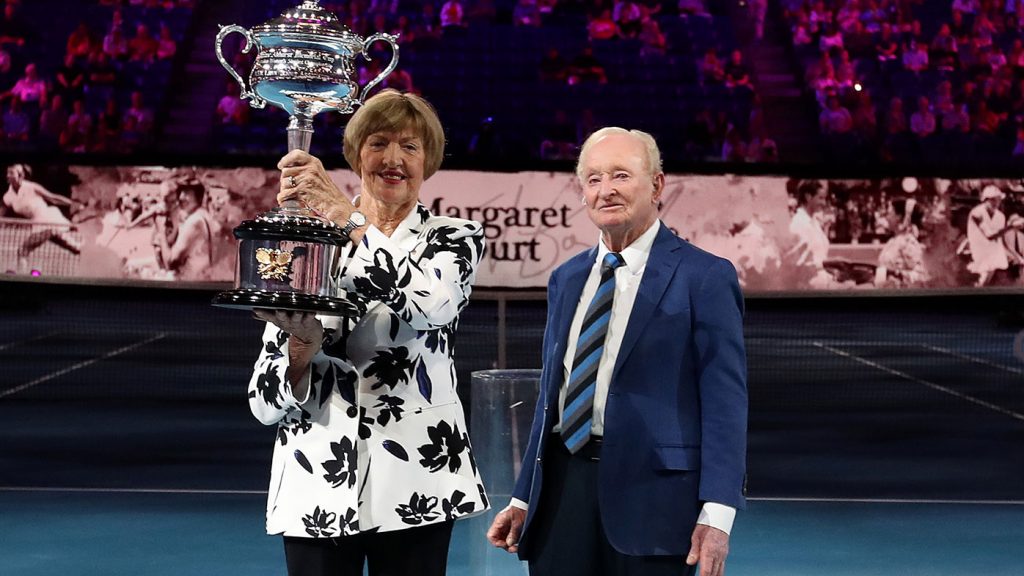
The titans of the early open era: Rod Laver and Margaret Court
Rod Laver remains a towering figure in the history of tennis, particularly noted for his remarkable achievement of the calendar Grand Slam in 1969. This monumental feat made him the only player in the Open Era, and one of only two players in history alongside Don Budge, to win all four major singles titles in a single year. Laver’s dominance in 1969, which included his victory at the Australian Open, underscored his exceptional skill and resilience on various court surfaces. His contributions during these formative years of the Open Era were pivotal in enhancing the prestige of the Australian Open and setting high competitive standards.
Margaret court’s dominance
Margaret Court’s influence in women’s tennis is equally profound. During the period from 1969 to 1980, she won the Australian Open multiple times, asserting a level of dominance rarely seen in the sport. Her record in Melbourne is part of a broader success story that includes a staggering 24 Grand Slam singles titles, making her one of the most successful players in the history of tennis. Court’s performance at the Australian Open was not just about accumulating titles; it was a display of her versatility and sustained excellence, which inspired a generation of athletes.
Legacy and impact
The achievements of Rod Laver and Margaret Court in the early years of the Open Era not only set records but also helped elevate the status of the Australian Open within the global tennis community. Their successes are a significant chapter in the Australian Open winners list, marking an era of formidable champions who not only triumphed in competitions but also shaped the future of the sport. The legacy of these icons is embedded in the fabric of the tournament, influencing its evolution from a regional championship to a cornerstone event in the international tennis calendar. Their stories continue to inspire players and fans alike, showcasing the heights of athletic excellence achievable on the courts of Melbourne.
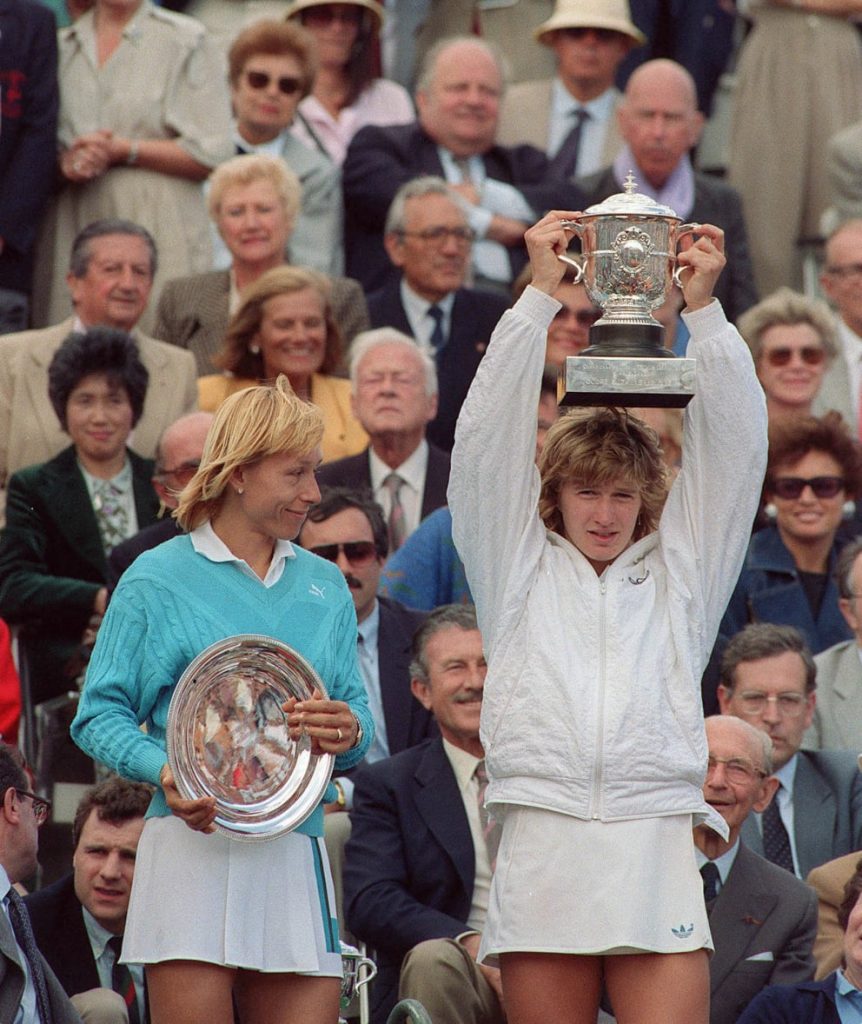
The Golden Era of Tennis (1981-1990)
The 1980s marked a golden era in tennis, characterized by the dominance of extraordinary talents such as Martina Navratilova, Steffi Graf, and Mats Wilander. Each of these athletes brought their unique strengths to the courts, profoundly shaping the competitive landscape of the Australian Open.
- Martina Navratilova: Navratilova’s exceptional skill and determination led her to win the Australian Open three times during this decade (1981, 1983, 1985). Her aggressive play and superb fitness set a new standard for women’s tennis.
- Mats Wilander: Emerging from Sweden, Wilander made his mark by claiming three Australian Open titles (1983, 1984, 1988). His tactical intelligence and mental toughness made him a formidable opponent on Melbourne’s hardcourts.
- Steffi Graf: Graf’s impact was monumental, not just in Australia but across all Grand Slam tournaments. Her powerful forehand and remarkable foot speed helped her clinch two Australian Open titles during this period (1988, 1989).
Steffi Graf’s historic Golden Slam
1988 was a landmark year as Steffi Graf not only won the Australian Open but also achieved the Golden Slam by winning all four Grand Slam tournaments and the Olympic gold medal in the same year—a feat unmatched in tennis history. Graf’s accomplishments during this year include:
- Winning the Australian Open against Chris Evert
- Securing victories at the French Open, Wimbledon, and the US Open
- Clinching the Olympic gold in Seoul, thus completing the Golden Slam
Legacy of the era
This period significantly elevated the Australian Open’s prestige on the global stage. The remarkable performances of Navratilova, Wilander, and especially Graf not only drew worldwide attention but also inspired a generation of players. Graf’s Golden Slam remains one of the pinnacle achievements in sports, underscoring the Australian Open as a critical battleground for tennis legends. This era solidified the tournament’s reputation, making it a must-win for the sport’s best, and enriching the Australian Open winners female and overall Australian Open winner lists with legendary names that continue to inspire awe and admiration.
Rivalries and dramatic matches (1991-2003)
The period between 1991 and 2003 at the Australian Open was marked by intense rivalries and memorable matches that captivated tennis fans worldwide. Key rivalries during this era included:
- Pete Sampras vs. Andre Agassi: This rivalry was one of the most captivating in tennis history, with both players bringing their best to the Melbourne courts. Notable matches include the 1995 quarterfinal where Agassi defeated Sampras in a four-set thriller, signaling his readiness to challenge for more titles.
- Monica Seles vs. Steffi Graf: Another riveting rivalry, with Seles and Graf facing each other in high-stakes matches. Seles’s victory in the 1993 final is particularly memorable, as it solidified her return to the top of women’s tennis after a period of dominance by Graf.
Key matches and their outcomes included:
- 1995 Australian Open Quarterfinal: Agassi’s victory over Sampras helped set the stage for his first Australian Open title.
- 1993 Australian Open Final: Monica Seles defeated Steffi Graf to capture the title, which was part of her early 90s dominance.
These rivalries and matches not only enhanced the tournament’s competitive spirit but also significantly contributed to the legacies of these athletes in the list of Grand Slam winners. The era was instrumental in elevating the profile of the Australian Open, positioning it as a key battleground for the sport’s most outstanding talents.
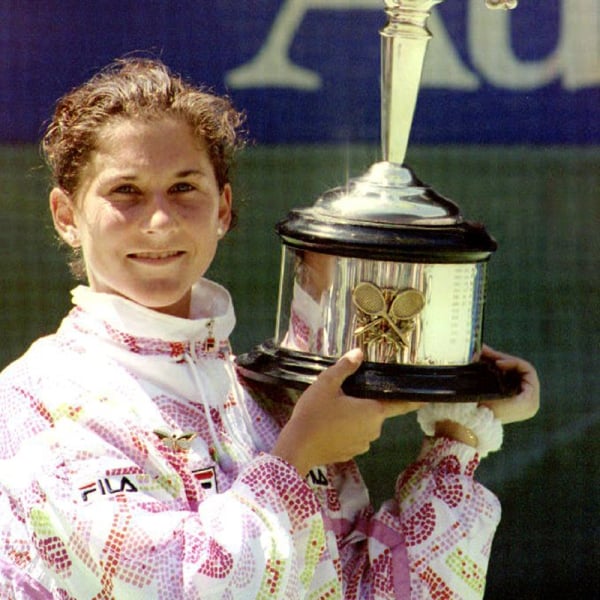
Modern dominance (2004-2024)
The period from 2004 to 2024 at the Australian Open has been defined by the incredible successes of Roger Federer, Novak Djokovic, and Serena Williams, each setting new benchmarks in tennis:
- Roger Federer: With his elegant play and exceptional skill, Federer captured six Australian Open titles during this period. His victories in 2004, 2006, 2007, 2010, 2017, and 2018 helped cement his status as one of the greatest players of all time.
- Novak Djokovic: Djokovic’s dominance at Melbourne Park is unmatched, with a record 10 Australian Open titles. His victories span across 2008, 2011-2013, 2015-2016, 2019-2020, 2021, and 2023, showcasing his resilience and adaptability on hard courts.
- Serena Williams: Serena stands out as the most successful woman in the Australian Open’s history during this era, securing seven titles (2003, 2005, 2007, 2009, 2010, 2015, 2017). Her powerful gameplay and fierce competitiveness have made her a formidable force.
These athletes have not only dominated the competition but have also shaped how the game is played, appreciated, and evolved over the past two decades. Their impact is reflected vividly in the Australian Open winners list and particularly in the Australian Open winners female category, where Serena’s achievements highlight her significant influence in women’s tennis. Their era has truly been a golden age for tennis at Melbourne Park, combining high drama with the highest level of skill and sportsmanship seen on the international stage.
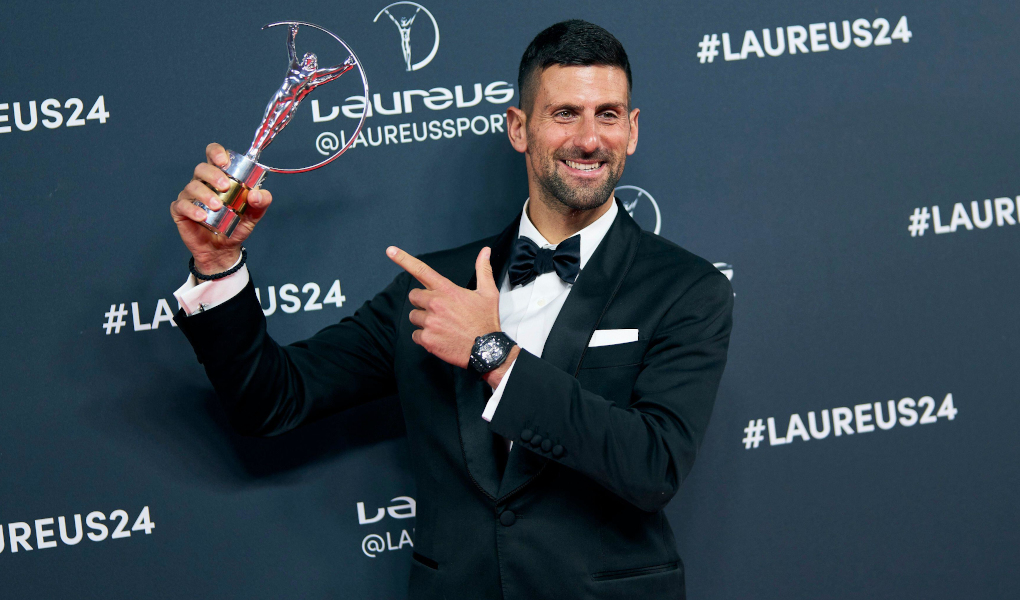
Conclusion: The legacy and future of the Australian Open
The Australian Open has profoundly shaped the landscape of tennis, serving not only as a platform for remarkable athletic prowess but also as a catalyst for the sport’s global evolution. Over the years, the tournament has grown from a regional event to one of the most prestigious arenas in tennis, highlighted by the legendary figures in the Australian Open winners list. These champions, from Rod Laver and Margaret Court to modern icons like Novak Djokovic and Serena Williams, have not only engraved their names in history but also pushed the boundaries of what is possible in tennis.
The legacy of these Australian Open champions suggests a future where the tournament continues to attract the world’s best, fostering fierce competition and groundbreaking performances. As technology and training methods advance, the Australian Open is also poised to showcase even higher levels of athleticism and strategic play, reflecting the dynamic nature of professional tennis.
Looking forward, the Australian Open is set to remain at the forefront of the sport, both as a celebration of tennis excellence and as a beacon of innovation in athletic competition. The enduring impact of its champions ensures that the tournament will continue to inspire and entertain, setting the stage for the next generation of tennis greats.
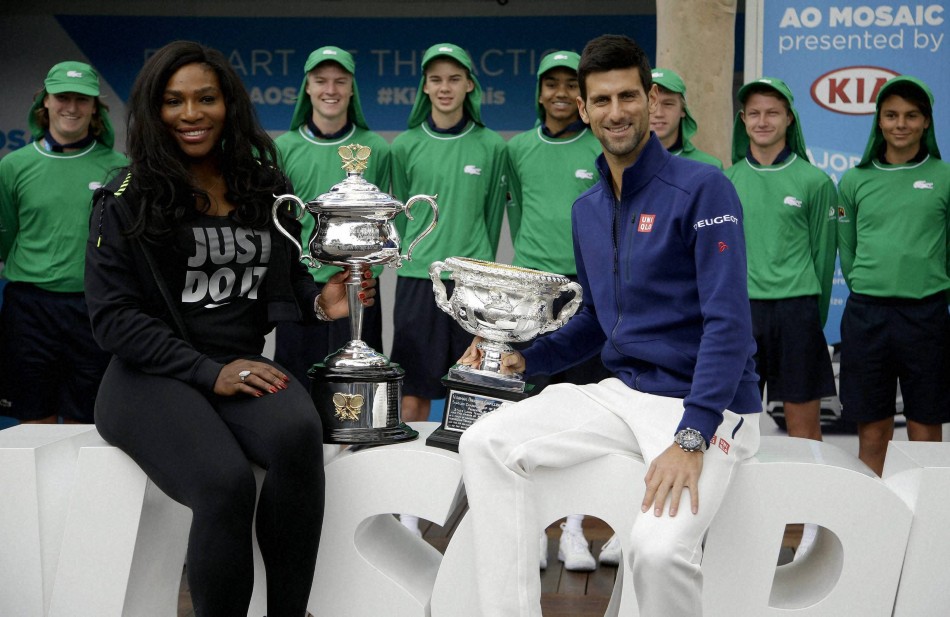
Recent Comments